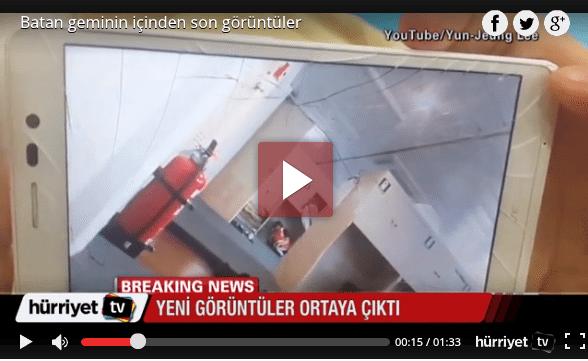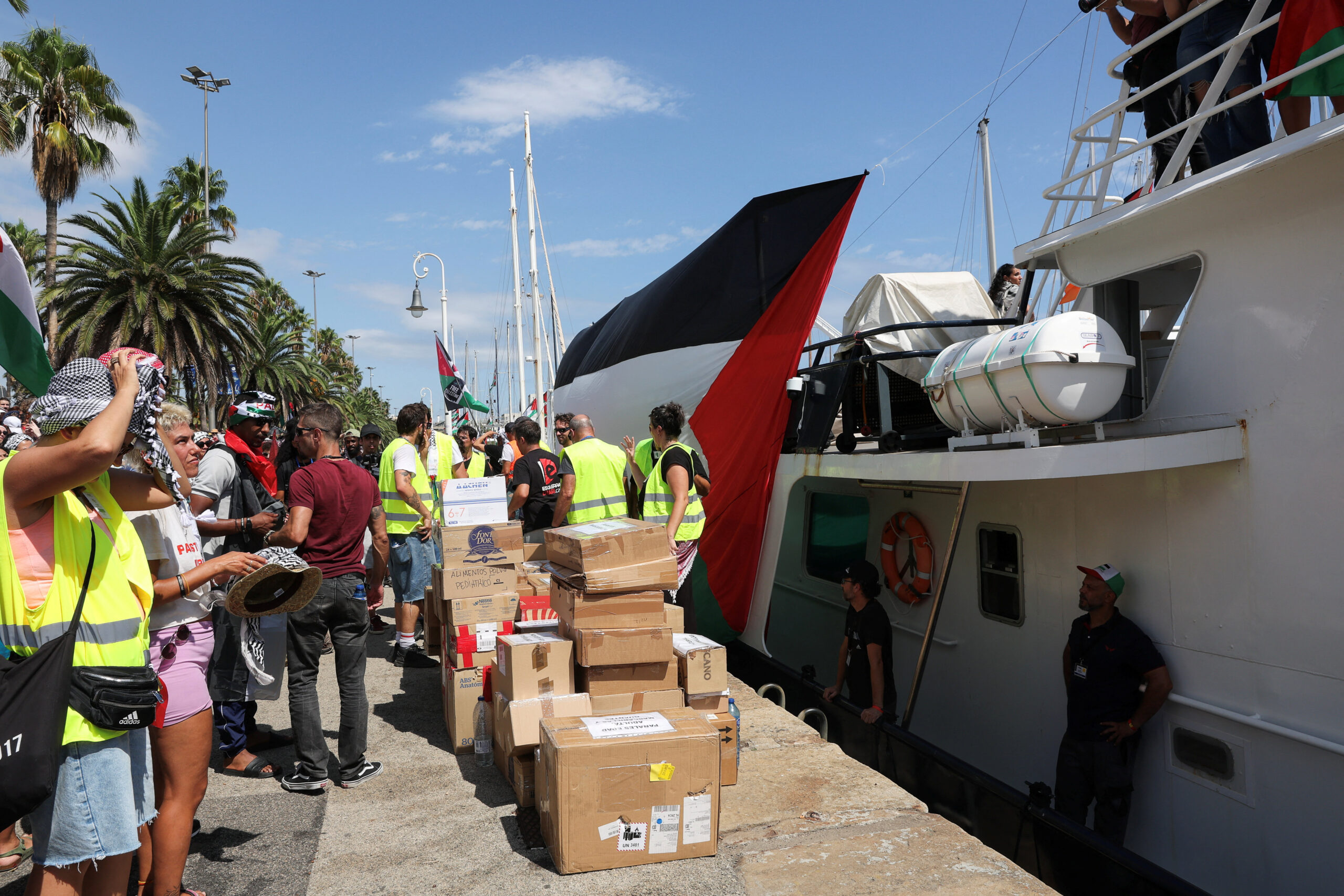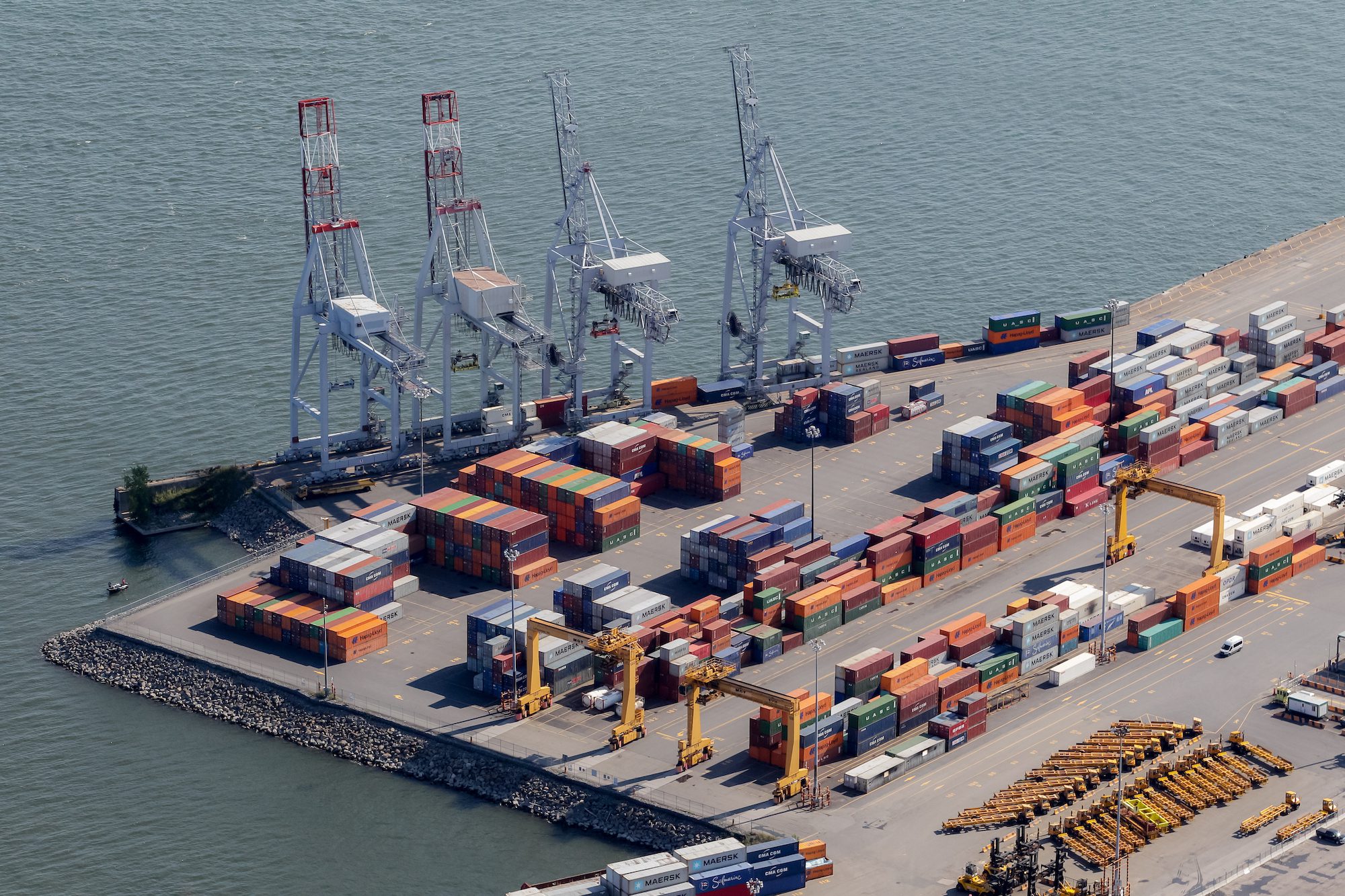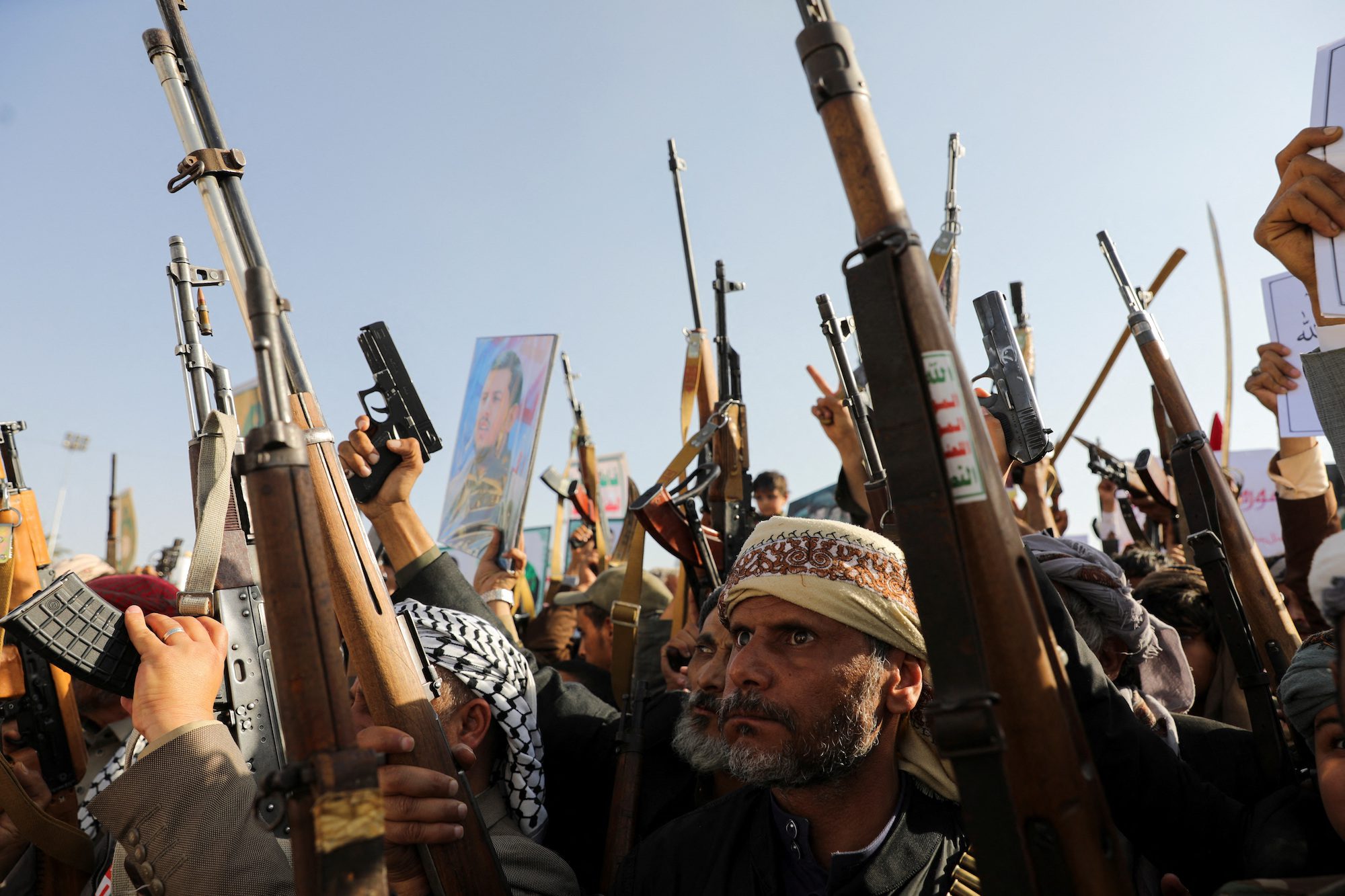Trying to come up with a reasonable explanation for what happened on board the Sewol is a nearly impossible thing to do.
At the risk of being too quick to judge, it seems abundantly clear the crew failed in their responsibility to safely evacuate the passengers on board, and frankly made decisions that has doomed many.
The following video shows kids waiting for rescue with their lifejackets on inside the sinking ship:
Over the ship’s internal announcement system, the crew gave false hope of rescue. “The message was repeated again and again: ‘Stay put. Don’t move’,” said survivor, Huh Young-Ki.
And stay put they did, without question.
There were options however to save themselves, one that didn’t involve jumping feet first into a frigid sea, yet only 1 of 46 lifeboats were actually deployed according to reports. Why?
An individual commented on gCaptain yesterday noting:
“I recently was a passenger on a Korean ROPAX vessel servicing Busan and Osaka. I noticed there was never any sort of safety briefing/muster or anything for the 200 or so passengers (overnight ferry). I’m pretty sure a lot of vessels don’t really care too much about IMO regs, especially in the far east.”
How is this possible?
Asking these questions is hard enough for those of us watching this unfold from a distance, but for those with loved ones still aboard it must be absolutely unbearable.
In an emailed statement, U.S.-based maritime attorney Brian Beckcom notes that this tragedy “shows just how important it is for governments to tightly monitor and police the safety and seamanship standards for all vessels, particularly those entrusted with carrying passengers.”
“To those calling on our government to relax the Jones Act standards that have served us well for almost a century,” Beckcom poses the question, “Do we really want to relinquish control of our merchant fleet to foreign companies with such lax safety standards?”

 Join The Club
Join The Club











